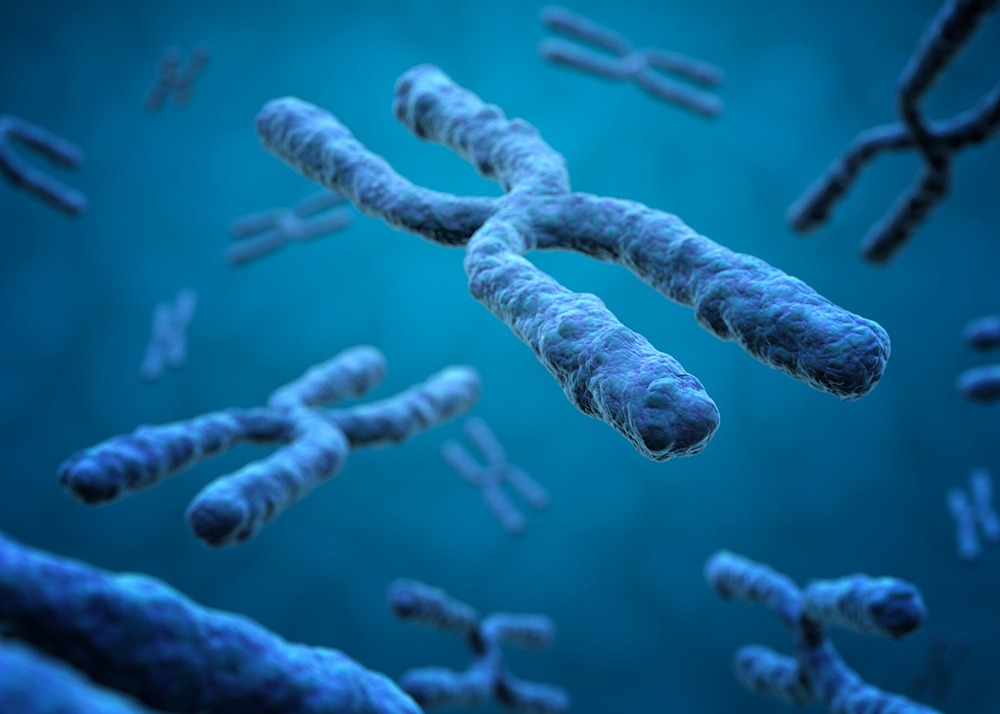The Role of Stem Cells in Aging and Regenerative Medicine
As the global population ages, the quest for understanding and combating the effects of aging has intensified. One promising avenue of research is the role of stem cells in the aging process. Stem cells, known for their unique ability to differentiate into various cell types, play a crucial role in tissue regeneration and repair throughout life. This article explores the impact of stem cells on aging and their potential in regenerative medicine.
Stem Cells and Aging:
Aging is a complex and multifaceted process involving the gradual decline of physiological functions at the cellular, tissue, and organ levels. Stem cells, found in various tissues of the body, have been identified as key players in maintaining tissue homeostasis and repairing damage. However, as the body ages, the regenerative capacity of stem cells diminishes, contributing to the overall aging process.
Decline in Stem Cell Function:
As individuals age, the number and function of stem cells decline. This decline can be attributed to various factors, including changes in the stem cell microenvironment (niche), accumulation of genetic mutations, and alterations in signaling pathways. Consequently, tissues become less efficient at repairing and regenerating, leading to the manifestation of age-related diseases and degenerative conditions.
Telomere Shortening:
Stem cells possess telomeres, protective caps at the ends of chromosomes that shorten with each cell division. Telomere shortening is associated with cellular aging, as it eventually leads to cell senescence or death. Stem cells with shortened telomeres have reduced proliferative capacity, limiting their ability to replace damaged or dying cells in aging tissues.
Senescence and Inflammation:
Aging is often characterized by an increase in cellular senescence, where cells cease to divide but remain metabolically active. Senescent cells secrete pro-inflammatory factors, contributing to chronic inflammation, a hallmark of aging. This inflammatory environment further hampers the function of surrounding stem cells and accelerates tissue degeneration.
Stem Cells in Regenerative Medicine:
Recognizing the pivotal role of stem cells in aging has fueled interest in harnessing their regenerative potential for therapeutic purposes. Researchers are exploring ways to rejuvenate or replace aged and dysfunctional stem cells to enhance tissue repair and combat the effects of aging.
Stem Cell Therapies:
Stem cell therapies involve the transplantation or activation of stem cells to promote tissue repair. Mesenchymal stem cells (MSCs), derived from various sources such as bone marrow and adipose tissue, have shown promise in regenerative medicine. These cells can differentiate into different cell types and exert anti-inflammatory and immunomodulatory effects, making them attractive candidates for treating age-related conditions.
Induced Pluripotent Stem Cells (iPSCs):
iPSCs are generated by reprogramming adult cells into a pluripotent state, similar to embryonic stem cells. This technology holds potential for personalized medicine, allowing the creation of patient-specific stem cells for transplantation. While challenges such as tumorigenicity and incomplete reprogramming need to be addressed, iPSCs offer a valuable tool for regenerative therapies targeting age-related diseases.
Niche Modulation:
Understanding the stem cell microenvironment or niche is crucial for maintaining stem cell function. Researchers are exploring ways to modulate the stem cell niche to enhance regenerative potential. This includes interventions to reduce inflammation, improve blood supply, and replenish essential factors for stem cell activation and differentiation.
Conclusion:
Stem cells play a crucial role in the aging process, with their decline contributing to the onset of age-related diseases and diminished regenerative capacity. However, ongoing research in regenerative medicine offers hope for mitigating the effects of aging by harnessing the potential of stem cells. As we delve deeper into the intricate mechanisms governing stem cell function, the prospect of targeted interventions to rejuvenate aging tissues becomes increasingly promising. While challenges remain, the evolving field of stem cell research holds the potential to revolutionize our approach to aging and pave the way for innovative therapies that enhance healthspan and quality of life in an aging population.

